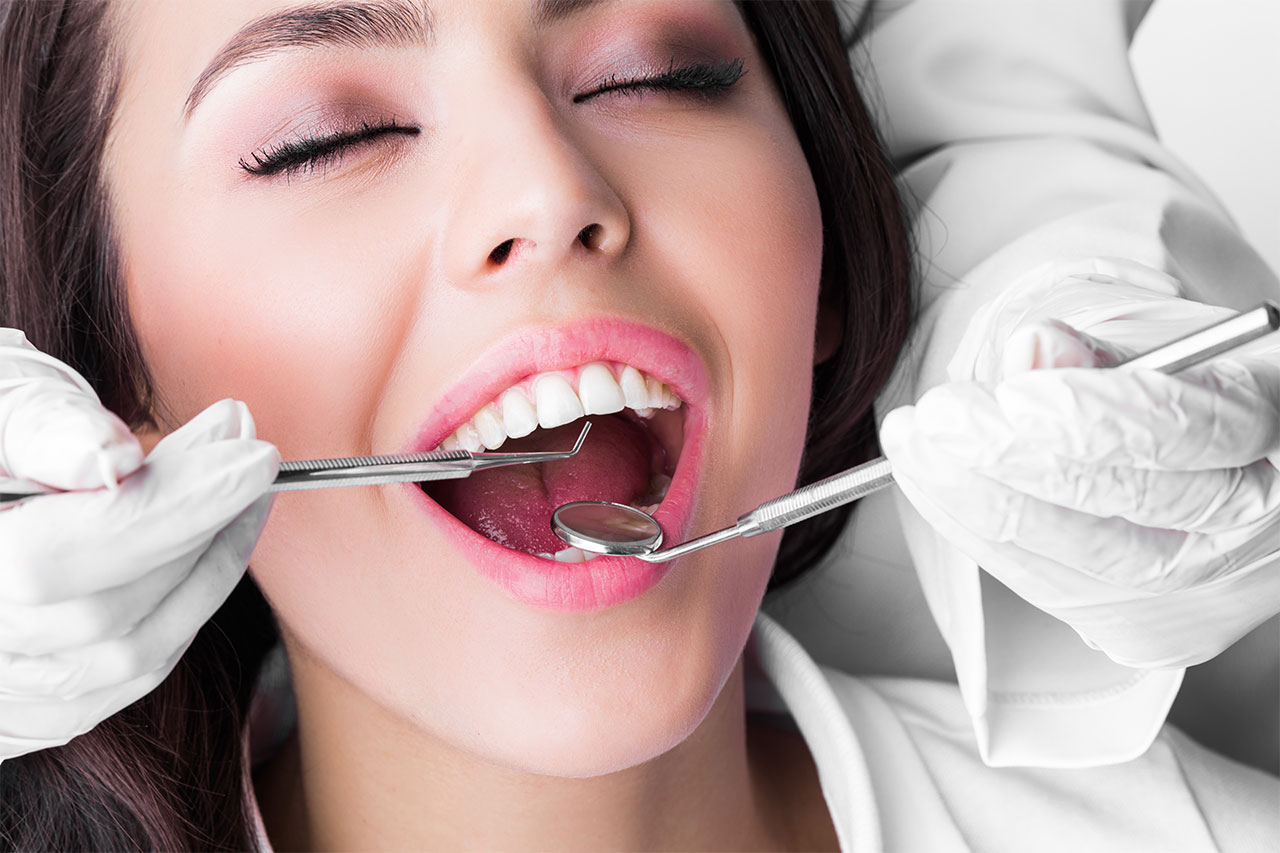Orthodontic relapse can’t really be a thing can it? Most people think that orthodontic treatment should be permanent. After all, orthodontists are highly trained professionals, and once the braces have done their work and the teeth are straight, what could possibly change that could cause the teeth to shift?
Orthodontic Relapse Is Real
Unfortunately, orthodontic relapse is something that does happen!
I see it in my myofunctional therapy practice on a regular basis. I work with patients who’ve had braces two or even three times in their life. Each time, the results haven’t been stable, and the teeth have shifted. In some instances, this has happened to patients who have been incredibly diligent with wearing their retainer to keep their teeth in place.
Why Does Orthodontic Relapse Happen?
The reason orthodontic relapse occurs is because the underlying oral myofunctional disorders that caused the orthodontic issues in the first place have never been corrected.
The tongue is often where the problem actually lies. It should rest in the top of the mouth, filling the palate all the way from the front to the back. In addition, the mouth needs to be closed and lips together, and the swallowing pattern needs to be correct, without a tongue thrust that causes the tongue to push forwards against the teeth each and every time we swallow.
But if the tongue is in the wrong place (resting low and flat against the bottom of the mouth), and there’s a tongue thrust swallowing pattern, well, then we have a problem. Also, if the tongue isn’t providing an internal support for the maxilla (upper jaw), then over time, the maxilla will narrow and collapse.
In this situation, there’s no way to stop the teeth from moving once the braces or orthodontic appliance are removed.
Another factor to consider is that if there are underlying oral myofunctional issues, orthodontic treatment can take far longer than it should. This is because the orthodontist is basically fighting against the muscular forces that are pushing against the teeth. Of course, the orthodontist will eventually win that battle, but as soon as the braces are removed, the teeth will again be under pressure and will begin to shift.
This is why some of my most active referral partners are orthodontists and dentists. When they recognize the signs of oral myofunctional disorders or are dealing with a patient who has had braces multiple times, they refer to me. My job is to help the patient retrain and strengthen their oral and facial muscles, especially the tongue.
After myofunctional therapy, the tongue posture will be correct and the muscles of the orofacial complex will be in balance. This means there’s a much higher chance that the outcome of orthodontic treatment will be stable over the long-term.
Jaw Surgeries Can Relapse As Well
Even jaw surgeries can relapse, which seems completely counter-intuitive given that the structure of the jaw is physically being altered. This is a testament to the power of the tongue and the other oral and facial muscles.
A systematic review conducted in 2010 found that up to 60 percent of patients who have had orthognathic surgery can experience relapse over the long-term. Researchers agree that “muscular forces” are the primary drivers in orthognathic surgery relapse. The muscles of the face and mouth are capable of generating surprising amounts of force. If this force is applied for long enough, teeth and bone will yield.
If your mouth is open and your tongue is resting low, you should consider addressing that before you start orthodontic treatment. Ideally, you should work with an orthodontist who refers to a myofunctional therapist or even has one in their practice.
Here’s a video from my YouTube channel about this subject:




